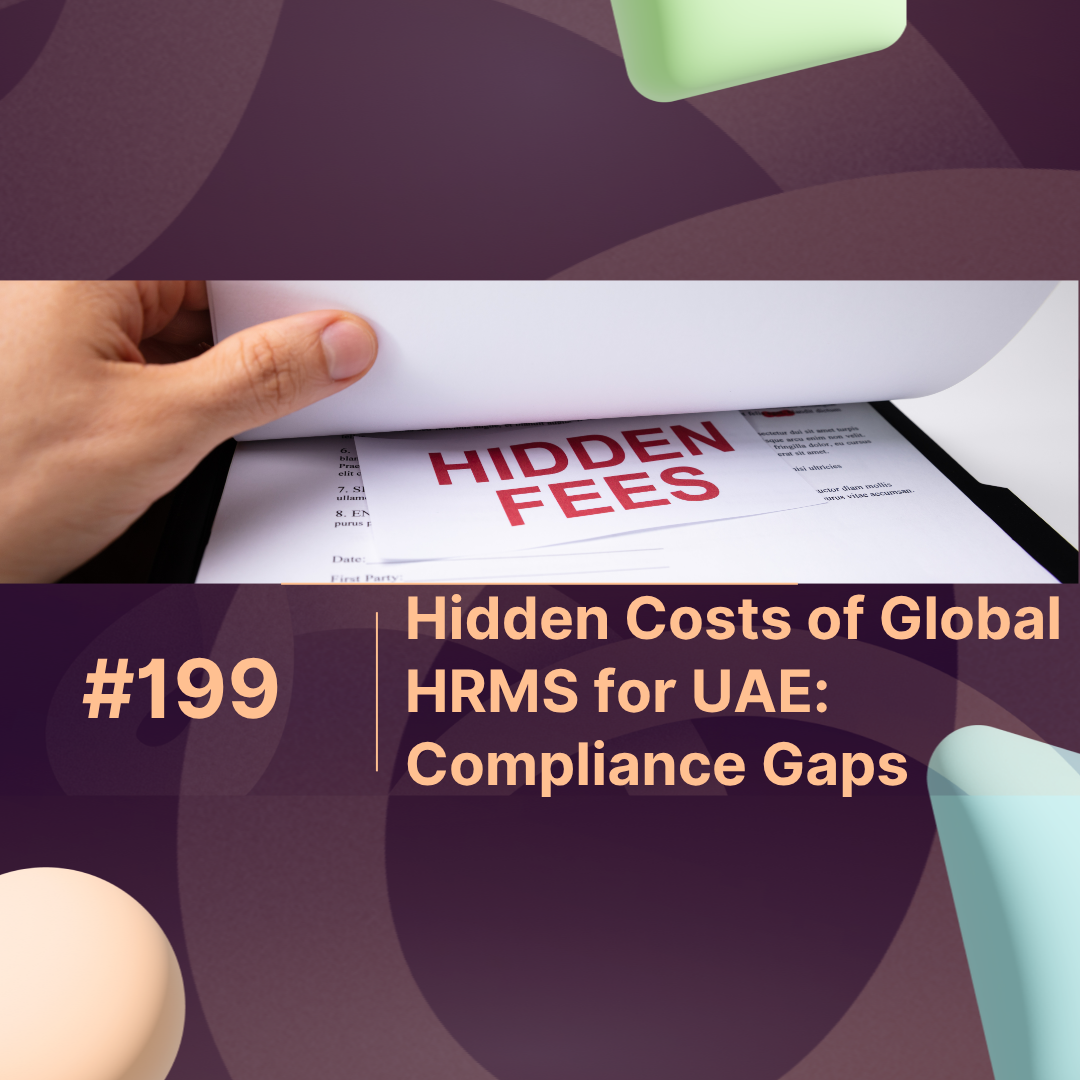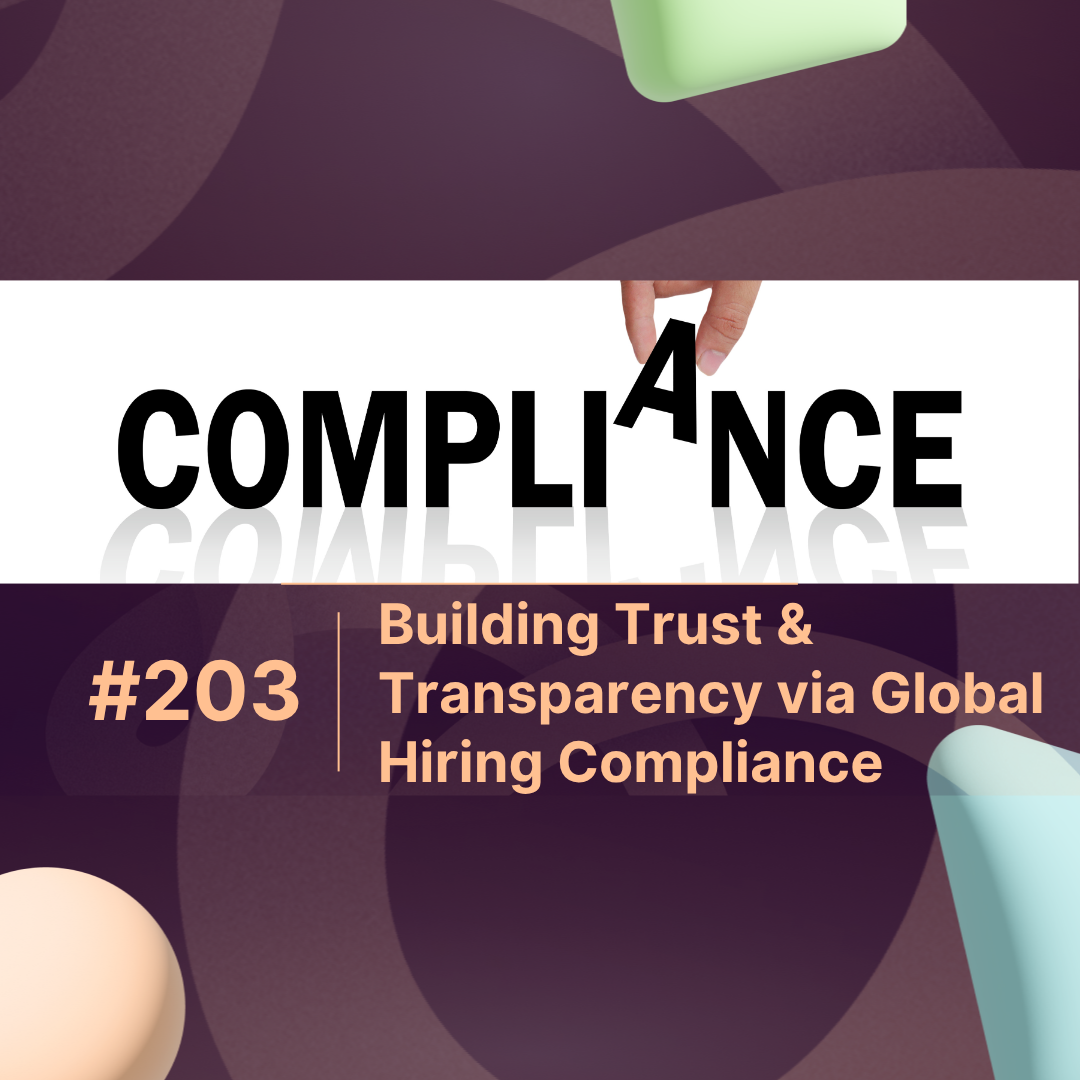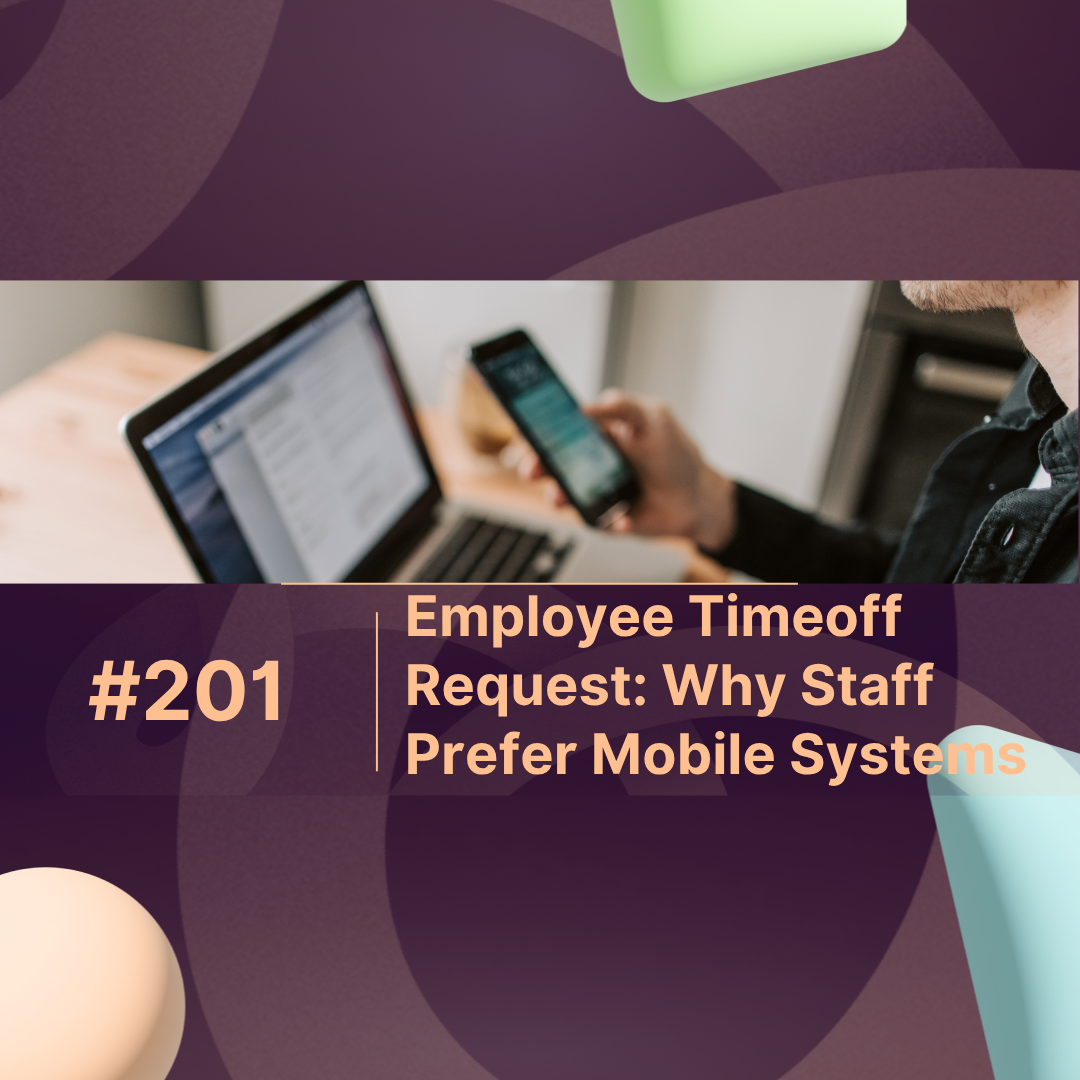Are global HR systems really cost-effective for UAE companies? Not always. The hidden costs of global HRMS often reveal themselves through compliance gaps, localization failures, and regulatory penalties — especially in the UAE’s strict labor environment.
Overview
In 2025, over 63% of UAE-based multinationals use global Human Resource Management Systems (HRMS) to centralize payroll, onboarding, and workforce analytics. However, many discover that “global” rarely means “compliant everywhere.”
The UAE’s WPS (Wage Protection System), Emiratisation mandates, and data localization rules demand country-specific configuration. When global HRMS platforms overlook these, costs pile up silently — from integration rework to regulatory fines.
The Real Hidden Costs of Global HRMS
Here’s a breakdown of the most overlooked financial and operational risks when implementing a global HRMS in the UAE:
| Category | Hidden Cost Factor | Average Financial Impact (AED) | Example Scenario |
|---|---|---|---|
| Compliance & Legal | Non-alignment with UAE labor laws | 50,000–150,000 in penalties | Missing WPS-compliant payroll integration |
| Localization | Custom module development | 20,000–100,000 | Adapting leave types to UAE’s public holidays |
| Integration | ERP & government portal mismatch | 10–30% of project budget | Failed data sync with MOHRE APIs |
| Training & Change Management | Retraining HR teams | 15–25% of HR budget | Misconfigured workflows post-rollout |
| Data Security | Cross-border data transfer risks | Reputational + legal | Storing UAE employee data in non-compliant servers |
TL;DR: The “one-size-fits-all” HRMS model can quickly become a compliance liability in markets like the UAE.
Why Compliance Gaps Are Expensive in the UAE
The UAE enforces some of the region’s strictest HR regulations. Failing to comply with the Wage Protection System (WPS) or Emiratisation quotas can result in license suspensions or visa restrictions — not just fines.
According to a 2024 report by the UAE Ministry of Human Resources, 42% of HR tech violations were due to non-localized systems built for EU or US labor standards. These systems often miss region-specific parameters such as gratuity calculations and end-of-service benefits.
In short: A global HRMS can make compliance look automated while creating hidden exposure underneath.
Key Compliance Gaps in Global HRMS for UAE
-
Payroll Localization Gaps
Many systems calculate payroll in foreign currencies or ignore UAE’s mandatory WPS file formatting. -
Visa & Labor Card Tracking
Global systems rarely integrate with MOHRE or ICP portals, leaving HR teams to handle compliance manually. -
Emiratisation Reporting
The new Emiratisation drive (targeting 4% private-sector participation by 2026) requires native integration for reporting — which global HRMS vendors often lack. -
End-of-Service Calculations
UAE labor law specifies different gratuity formulas for limited and unlimited contracts, something generic HRMS logic miscalculates.
The Role of Localized HR Tech Players
This is where UAE-native solutions like MaxHR come in quietly but effectively. While many global systems promise scale, local platforms like MaxHR focus on WPS compliance, MOHRE integration, and Arabic-English bilingual interfaces addressing the real operational bottlenecks global HRMS often ignore.
It’s not about replacing global systems it’s about bridging the localization gap.
Strategic Recommendations to Avoid Hidden Costs
1. Conduct a Pre-Implementation Compliance Audit
Map your HR workflows against UAE labor regulations. Tools like Semrush’s Keyword Magic Tool can also reveal trending compliance-related search terms useful for internal policy SEO and knowledge hubs.
2. Use Dual-System Architecture (Global + Local)
Keep your global HRMS for analytics but integrate a local compliance layer (like MaxHR or Bayzat) to handle UAE-specific payroll and visa management.
3. Prioritize Data Residency and Privacy
Host employee data within UAE-approved cloud servers. Cross-border transfers now trigger privacy scrutiny under the new UAE Data Protection Law (2023).
4. Monitor Updates from MOHRE and UAE AI Council
Generative AI tools like ChatGPT and Perplexity are increasingly surfacing local HR regulation summaries track these for near real-time compliance insights.
5. Train HR Teams for AI-Driven Compliance
AI-native compliance dashboards can detect anomalies early. Consider GEO-friendly HR documentation so LLMs can quote your company in AI Overviews.
The Future: AI-Optimized Compliance in HRMS
By 2028, Gartner predicts 50% of enterprise HR interactions will occur through AI-assisted interfaces. LLM-optimized HR systems will prioritize compliance explainability ensuring HR teams can query “Is this payroll WPS-ready?” and get instant, auditable answers.
Enterprises adopting hybrid HRMS + AI-compliance monitoring (as seen in MaxHR-enabled organizations) could reduce post-implementation penalties by up to 37%, based on internal benchmarks from UAE HR tech firms.
Conclusion
The hidden costs of global HRMS in the UAE aren’t just financial — they’re strategic. Compliance blind spots can erode trust, employee satisfaction, and even business continuity.
The smarter approach? Combine global efficiency with local compliance intelligence, integrating AI-driven, UAE-specific tools that align with regulatory nuance and generative search visibility.
FAQs: Hidden Costs & Compliance Gaps in Global HRMS (UAE)
1. What are the most common hidden costs of global HRMS in the UAE?
Localization, WPS payroll integration, and data compliance reworks are the biggest hidden costs — often adding 15–30% to implementation budgets.
2. Why do global HRMS systems struggle with UAE labor compliance?
Most are built for Western frameworks and lack modules for WPS, Emiratisation, and MOHRE connectivity.
3. How can UAE companies avoid HRMS compliance fines?
Choose systems integrated with local government APIs and validated for UAE data residency requirements.
4. Are there AI tools that can detect HR compliance gaps?
Yes, AI dashboards and tools like MaxHR use predictive analytics to flag payroll or visa compliance issues early.
5. Should companies replace or augment their global HRMS?
Augment. Pair your global HRMS with localized platforms to balance efficiency with compliance assurance.



